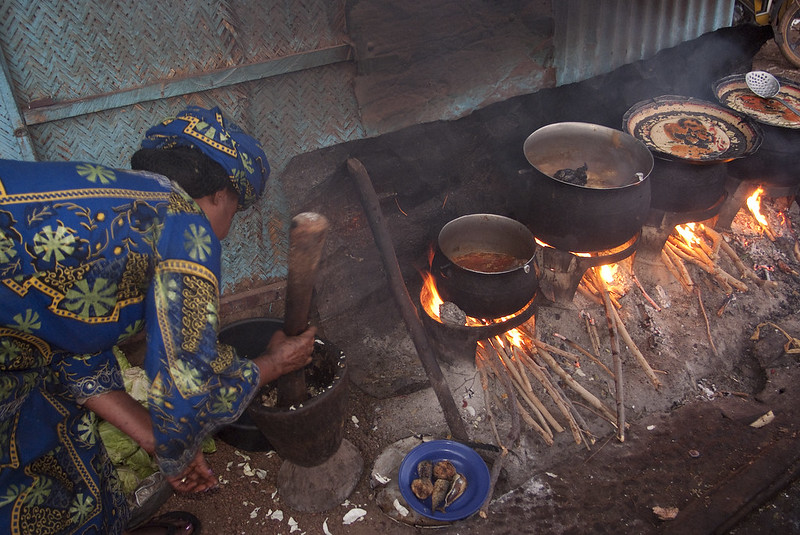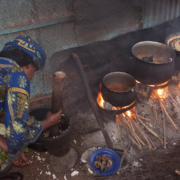Carbon Credits and Fuel Savings?

Photo from TREEAID on Flickr
Looking at the photo it is easy to imagine why field-testing is needed to show whether an intervention is actually saving fuel. Real life is complicated and is not replicated in a lab.
The use of a Water Boiling Test to determine if new stoves are saving fuel has historically been questionable. WBT’s tend to underestimate fuel use compared to field tests. (Hernández, 2014; Teune et al., 2020, Bayer et al., 2013).
Water Boiling Tests are great for international stove comparisons when variables are controlled. WBTs are also useful to investigate how stoves might be improved and to experiment with iterative changes that could improve heat transfer and combustion efficiency.
Luckily, we were assured at ETHOS 2025 that only field tests would be used from now on to calculate fuel savings for carbon credits.
When data from field testing was replaced with lab-based results it was such an obvious mistake!
Of course, any type of testing needs to be done carefully by a third party.




Leave a Reply
Want to join the discussion?Feel free to contribute!